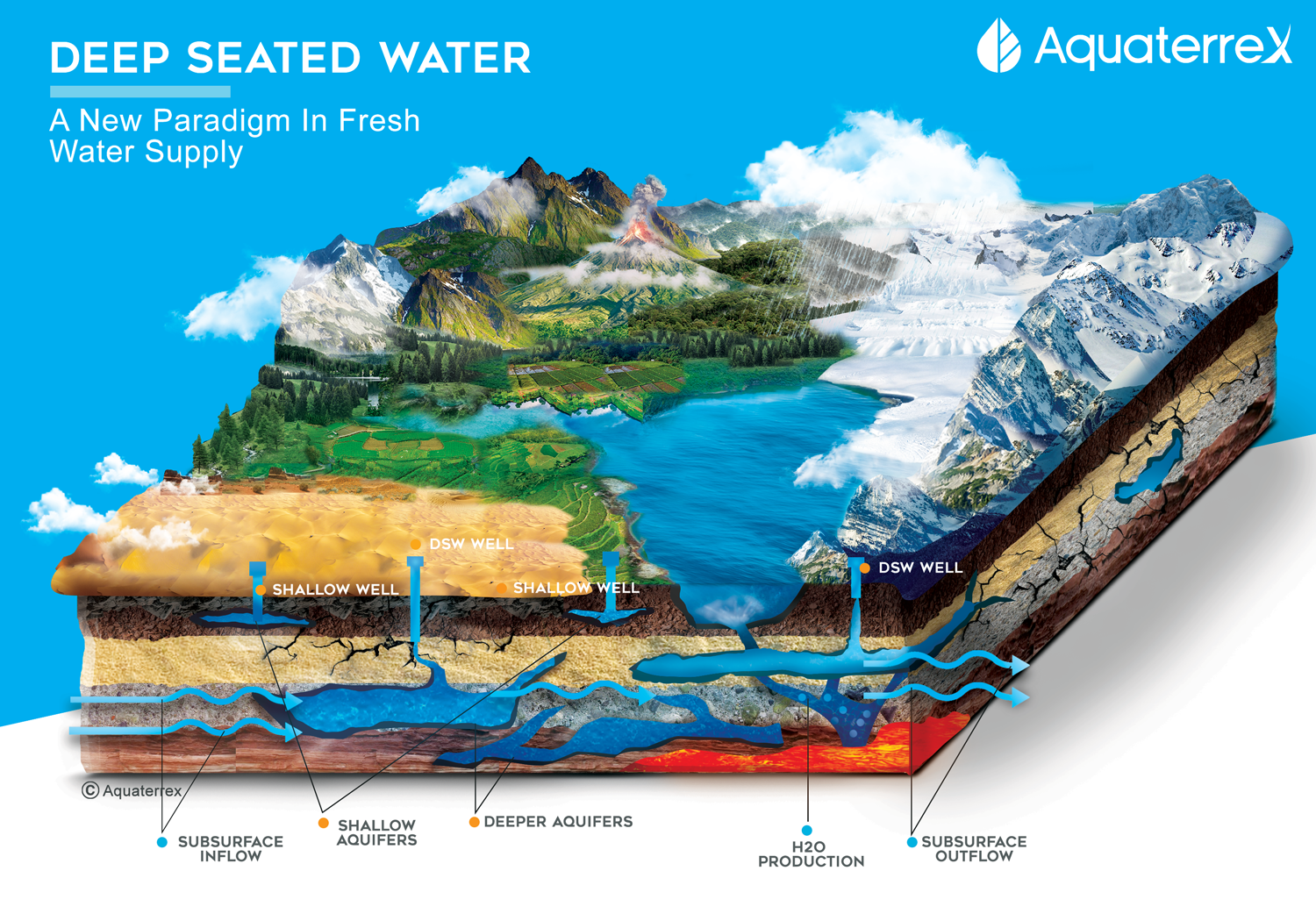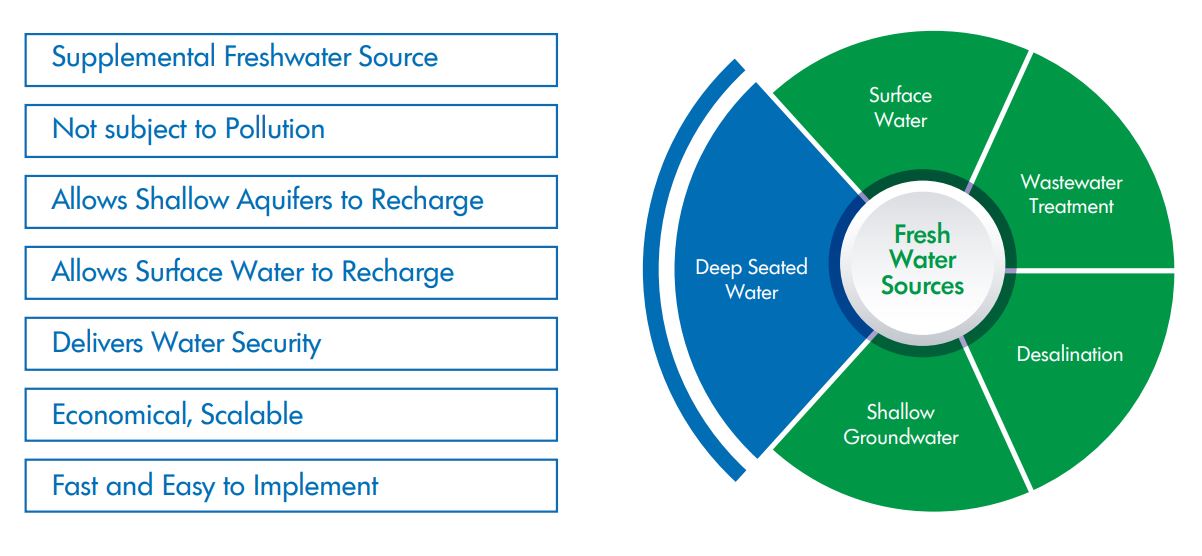
50% of US Waterways Are Too Polluted For Drinking, Swimming or Fishing
Yes, our waterways are gravely polluted. An impaired waterway typically means that the water body does not meet water quality standards and is therefore not suitable for activities such as drinking, swimming, and fishing. When a water body is determined to be impaired, it means that levels of pollutants or other contaminants are present that can be harmful to human health or the environment. The water may contain bacteria, toxic chemicals, or other substances that make it unsafe for recreational activities or for supporting healthy populations of aquatic life. According to an article in The Hill, not only are 50% of the waterways polluted, but 55% of the lakes, ponds and reservoirs and 25% of bays, estuaries and harbors are as well, according to a report published last year by the Environmental Integrity Project. The Hill article
Just last week, we all saw the devastation from the massive train derailment in Palestine, Ohio. The polluting effects on air and water were clearly evident with rainbow-colored chemicals floating on the surface of the streams and fish kills down the Ohio River in Cleveland. Now residents fear for their water supply from groundwater wells.
These challenges, combined with drought and a dwindling supply of fresh water in many regions of the world heighten the need for alternatives and better planning.
Improved Planning and More Options Needed
It’s time to increase the number of options available to solve this problem to provide an abundant supply of clean (non-polluted) fresh water. From water-smart appliances and agricultural tools at the delivery end, to utilizing the vast ocean of fresh water that exists right below our feet for additional supply.
But it won’t happen without cooperation. Two weeks ago, a deadline was missed on an agreement between the seven states serving 45 million people and thousands of farms and ranches that draw water from the Colorado River basin. They had to come up with a plan to voluntarily cut back on using water from the basin. Six states — Arizona, Colorado, Nevada, New Mexico, Utah and Wyoming — agreed on one proposal. But California, which is the state the uses the most water, rejected that plan and submitted its own. Colorado River deadline missed.
One of the most intriguing solutions is to include the vast supplemental source of fresh water that is available right below our feet. The US National Groundwater Association estimates there are 6,000 years of global water supply in the upper two kilometers of the earth’s crust. It is now available economically and quickly through AquaterreX’s combination of space-based technology, geospatial data, and patented instrumentation. We are proud to be helping solve the water crisis facing billions of people by providing an abundant, supplemental source of fresh, pollution-free water.
Deep Seated Water Should Be Added to the Mix Now
Deep Seated Water (DSW), is groundwater, typically sourced from deep aquifers that are located lower than shallow aquifers. Such deep aquifers are supplied not only from local catchment basins but also by subsurface inflows across basin boundaries. Deep Seated Water also encompasses water created at the mantle level of the Earth under extreme heat and pressure as confirmed by this report on mantle rain.
Contamination does not occur in these deep water aquifers as modern pollution has not reached these deeper levels. And the best news is that this water is accessible and plentiful.
Deep Seated Water fits the environmental sustainability model as it would supply vast amounts of fresh water to regions while also allowing the existing sources to replenish. It is the “Missing Piece” that can solve the water crisis puzzle and help put farmers, ranchers, and cities at “cause” versus hoping for mother nature to bail us out with enough rain. The good news is, Deep Seated Water is a source that can supply the needs of the planet for thousands of years.
An example of huge new sources of fresh groundwater being discovered came within the last year in Texas. The newly named Maverick Basin Aquifer is known to be at least 3,000 square miles and averages 1,000 feet thick in most places. This comes years after Texas water experts concluded their deeper aquifers are brackish (salty) at best. Water tests on this new aquifer show it comes out of the ground already meeting or exceeding federal and state drinking water standards! Deep aquifer (texas.gov) These discoveries fly in the face of the commonly accepted beliefs of most hydrogeology professionals.
We Can Help Solve The Water Pollution Crisis
AquaterreX has been at the forefront of solving the water crisis, employing 21st-century technology to locate Deep Seated Water.
Pollution-Free Water – The Missing Piece
Deep Seated Water is the Missing Piece that can solve the water crisis puzzle – pollution, drought, scarcity. Many water strategies focus on conservation, rather than additional supply. Other solutions such as desalination and wastewater treatment are potential answers for some, but they also come with trade-offs such as high cost, high energy usage, long planning periods, and toxic waste. Deep Seated Water is located almost everywhere on the planet, and it can be added to the mix of solutions as a supplemental freshwater source that is not subject to contamination, is fast and easy to implement, and is economical and scalable. And, tapping Deep Seated Water allows both surface water and shallow aquifer sources to recharge, making the total system more environmentally sustainable.
About AquaterreX
AquaterreX (www.aquaterrex.com) is a global environmental services organization with a mission to broadly implement effective water and food security solutions. AquaterreX maintains offices in Florida, California, and Australia, and has representation in the United Arab Emirates. The name AquaterreX comes from the Latin, aqua (water) and French, terre (earth, land) which is a derivative of the Latin, terra, and “X” for exploration. Thus, AquaterreX encompasses water and land solutions for the planet.
The company possesses proprietary technology to locate Deep Seated Water, which is fresh water situated below the shallow groundwater that supplies the majority of fresh water on the planet. This vast new source of water can help solve the water crisis facing billions of people.

